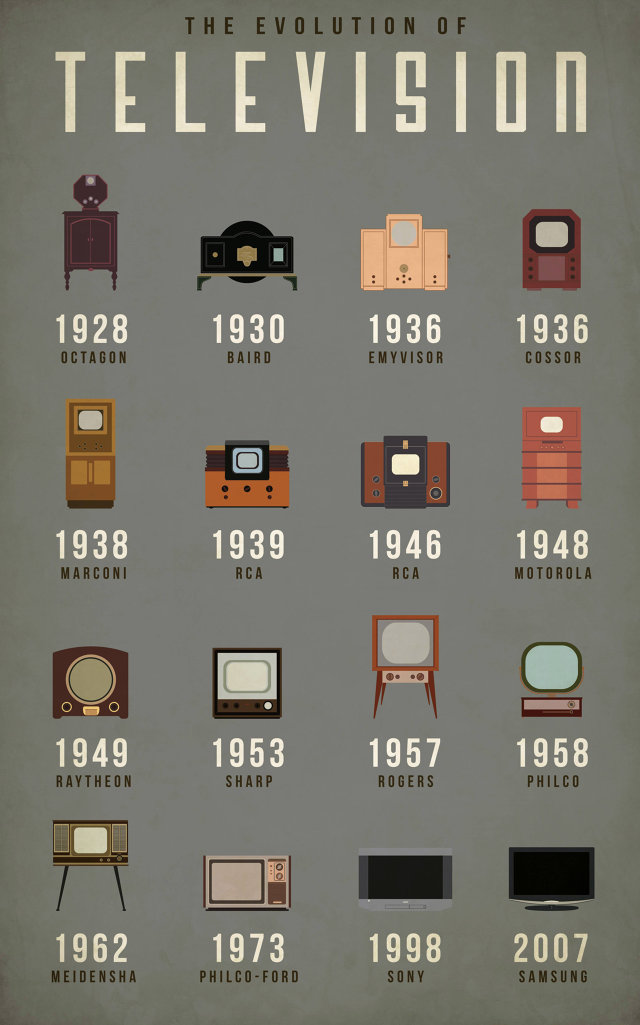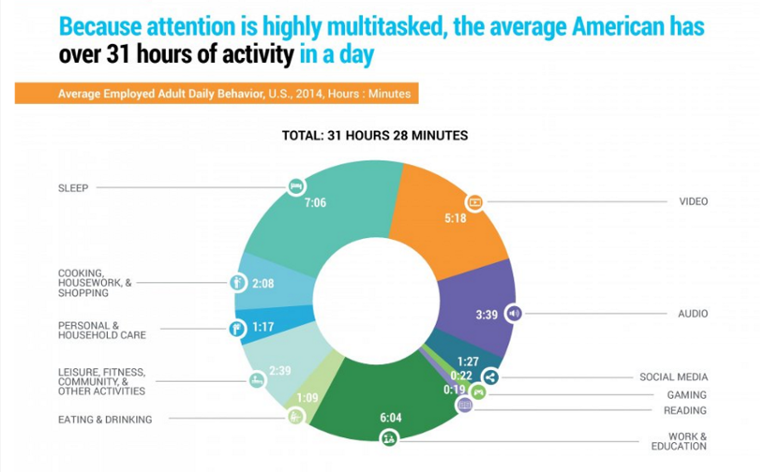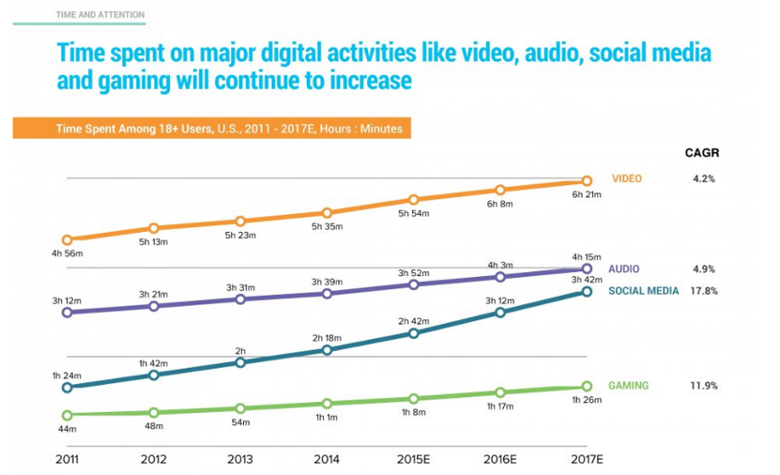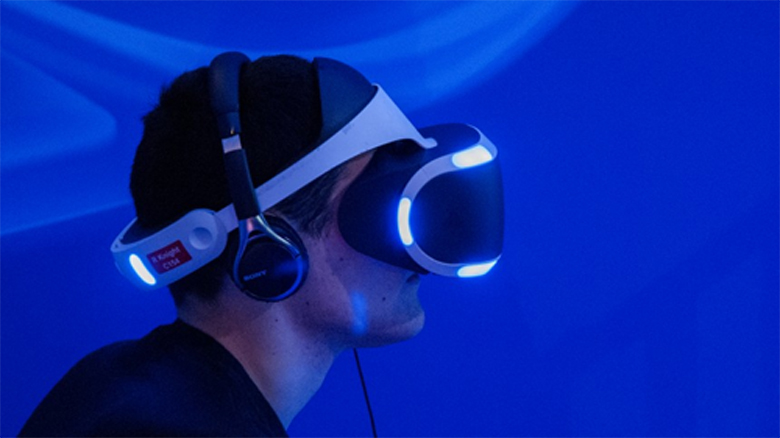Thinking about the future can be very exciting. There is so much mystery, unknown, and big promises for a better life. One of the modern indicators of where society stands is the chronology of video production and content distribution, and if Moore's Law is correct, this trend will only continue to dictate how we live our lives. Unless you’re in the video tech or media resources industry as a career or just an avid supporter of its development, there are always surprises around the corner for what is coming out next. But before we look ahead, it may prove useful to see how far we have come.

Depending on what generational decade you were born in influences your perspective of what television is today. It has been around for nearly 100 years as the recipient of continuous innovation. Since the first television was introduced in the 1920s, the multibillion dollar industry has made great strides keeping up with media and information sharing. Back then, each television unit’s starting price was $7481 adjusted to current inflation in 2016. Color television made its way into consumer homes following the end of World War II, TV in the 1950s was as a revolutionary breakthrough. TV was big upgrade from the traditional radio, it would go on to distinguish itself as one primary source of entertainment.

Television is no longer watched on the boob tube, really we just call it video, and video is everywhere and there's no escaping it. This morning, I woke up watching video on my phone, then I watched some video downstairs in the lobby, then minutes later in the coffee shop, and yet again on the subway. Watching the “tube” is no longer just an event the average family gathers around to do. Multi-tasking is so common place that as members of a developed society, we can simultaneously stream a movie on Netflix, update our Facebook status, respond to a few texts, and polish off a sandwich. The result: more effective media consumption within the time span of a single day without the sacrifices that were once made.

Since the concept of modern television has found its way onto the internet, there have been various trends that contribute to its widespread usage. Mobile consumption, through applications such as YouTube and Netflix, have dramatically shifted the industry for content providers to create new sources of media for users to digest. For instance video bloggers, or vloggers, have made fortunes and fame on their YouTube channels reaching out to their subscribers and random viewers, generating revenue from advertisements just as a television network would. Product placement and branding works very much the same in these scenarios, but content providers can be compensated by the advertisers with the very products they are promoting along with benefits of financial accumulation.

4K technology is really exciting considering how much of a drastic improvement it is from HD. Anyone who can get their hands on a 4K camera with a very basic understanding of internet sharing and video editing can now effectively create content for their viewers to enjoy without all the expenses that were previously associated with production. With four times the resolution as HD, 4K creates a nearly life like viewing experience for the user.

A more recent trend has taken flight with the use of drones that effortlessly maneuver through the air, capturing video quality as high as 4K. A few decades ago, anything short of a helicopter could not achieve the bird's eye view footage attainable through this new innovation, but with this new technology the sky is the limit.

But today as we look forward, we glimpse into yet another revolution of content sharing and consumption: virtual reality. Perhaps one of the most exciting yet controversial innovations of the next few decades to come, VR can capture every perspective angle of the creator enabling the viewer more connection, an almost life like experience. The disconnection associated with VR has raised some concerned eyebrows, especially those not directly behind the technology. Fear not, while this industry does have their corporate motives in mind, the intended benefits of these discoveries should not be underestimated.



